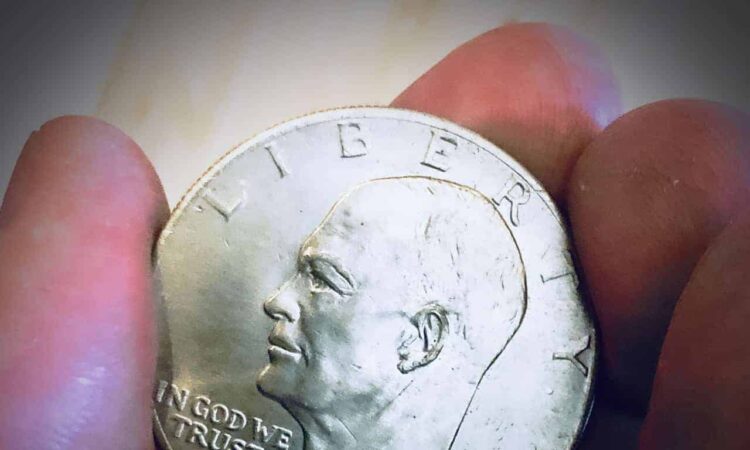
The Interledger Foundation, an organization building and advocating for an interoperable payments network, is extending its Interledger Protocol to organizations launching their own stablecoins.
As many organizations, including governments, fintech providers and financial institutions, explore the introduction of their own digital currencies, there is currently no infrastructure in place for those currencies to interact with one another. The Interledger Protocol, a protocol that enables free money movement through digital standards which mimic those that dictate the flow of information on the Internet, offers a solution for transacting currencies regardless of issuer, blockchain or other factors that have traditionally limited interoperability across emerging payment options.
As a regulatory framework for stablecoins advances through Congress, there is growing promise for launching digital currencies within a structure that will reduce risk. Major financial institutions like Fiserv and Mastercard, as well as corporations like Amazon, have not only announced the launch of their own stablecoins but have also begun brokering one-off partnerships with other stablecoin providers that will allow them to interact.
The Interledger Foundation said this is a far cry from the interoperability that would make stablecoins as ubiquitous as credit cards, rather than limited, siloed and novel. Relying on partnerships to create value and transaction potential will only result in a complicated network of disparate and incompatible stablecoins, limiting seamless commerce and future innovation.
The Interledger Protocol is a free and open-source protocol, modelled on TC/IP, the architecture of the Internet, that is already in use around the world. Organizations and governments that have built on it have enabled use cases for the transfer of money across artificial siloes, borders and oceans–from Africa and Europe to Latin America and the U.S. By using a set of open standards that were developed in collaboration with financial service providers and standard bodies, such as The World Wide Web Consortium, the Interledger Protocol is perfectly positioned to enable the next era of financial innovation: digital currency.
Through the Interledger Protocol, organizations issuing stablecoins can tap into an interoperable network that will enable them to accept payments from and transact with other third-party stablecoins, as well as:
Eliminate the need for one-off partnerships – Fostering widespread interoperability will remove the need for companies to incrementally build connectivity with other providers through exclusive agreements.
Bridge the gap between stablecoins and fiat currency – The potential of tokenized assets can only be realized if they can transact with fiat currencies. This can only happen if they are both interacting on the same network.
Create a global unified standard for stablecoin payments – As a single global solution, this interoperable network will reduce friction in cross-border stablecoin payments and widen the potential for stablecoin use cases and adoption.
Build interoperability from the start – Rather than issuing the stablecoin, then thinking about interoperability, organizations can issue with interoperability in mind from the ground up.
“The rise of stablecoins in the United States is the perfect moment to create the open ecosystem necessary to ensure their mainstream adoption by enabling them to transact with one another, anywhere in the world,” said Alex Lakatos, CTO of the Interledger Foundation. “There’s a significant opportunity to transform the way money flows, and ILF is committed to ensuring that the same oversights that have led to siloed traditional payment rails across the world are not replicated with the proliferation of stablecoins.”
This new solution is cost-free and available globally for use. It was created based on ILF’s work across 40 countries to expand access to the digital economy by creating interoperable solutions that focus on connecting payments between individuals, businesses, financial institutions and governments around the world.




